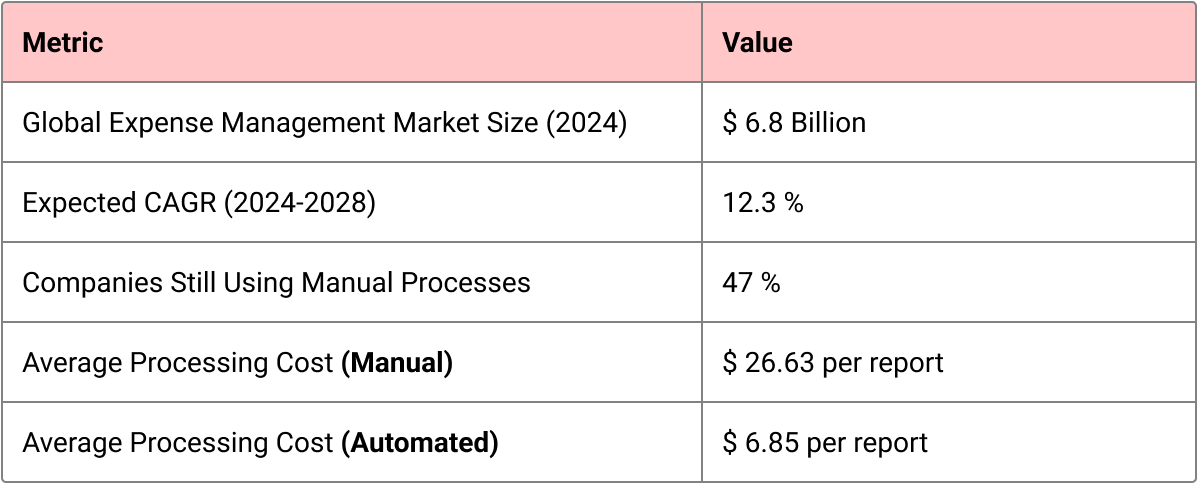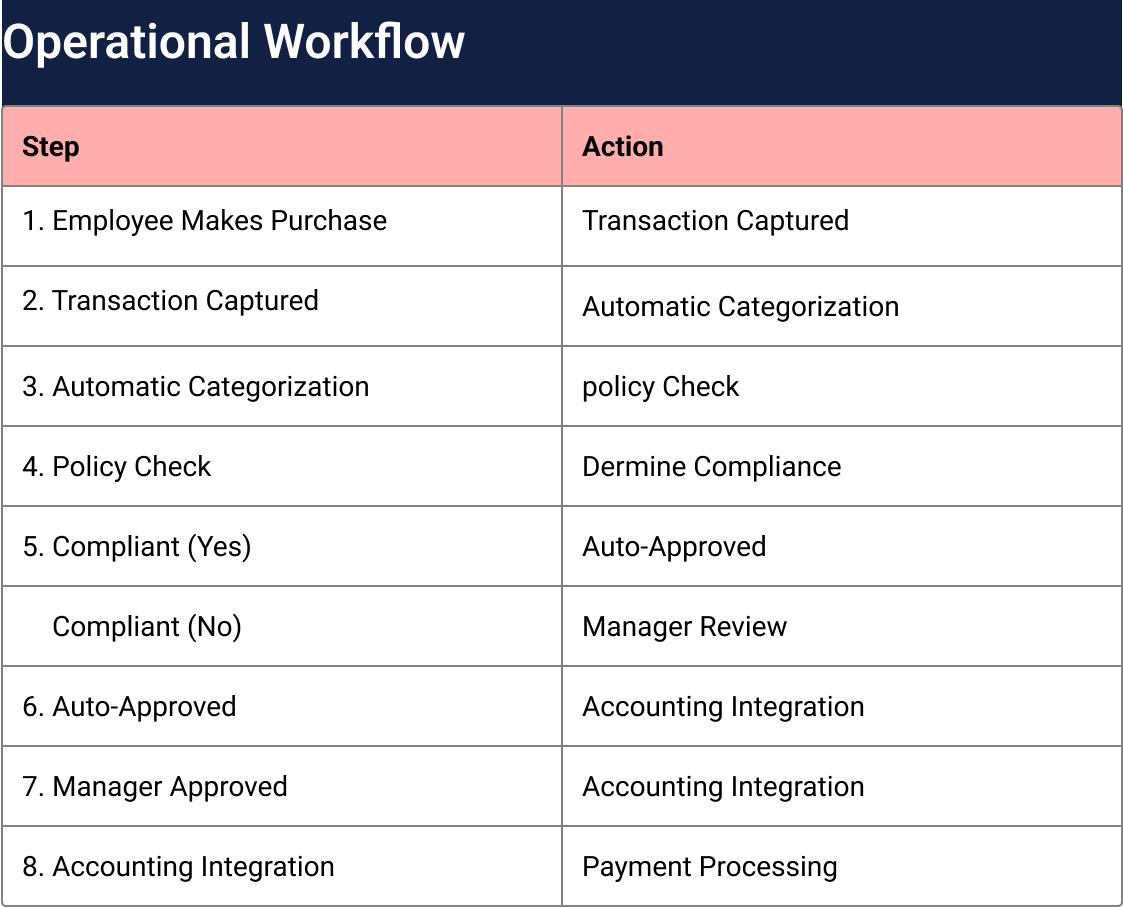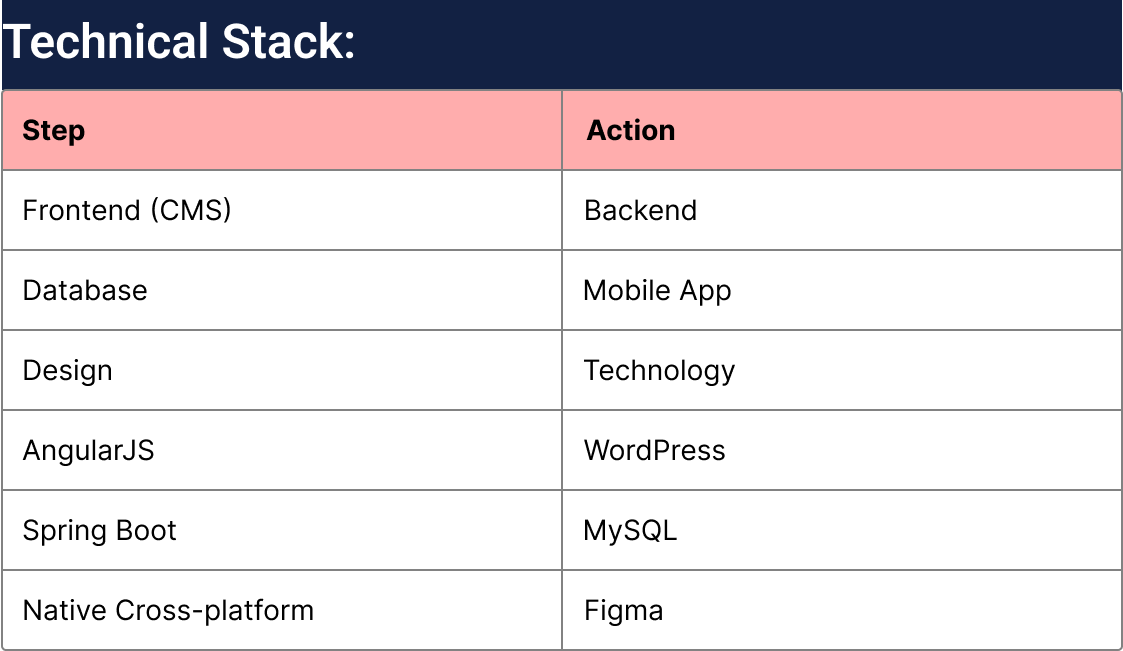Our organization is actively seeking skilled and dedicated individuals to join our team. If you are looking for an exciting opportunity to advance your career, we encourage you to apply.
In an era where digital transformation is reshaping corporate finance, this case study examines the implementation of a Virtual Business Expense Card solution that revolutionized employee expense management for a growing enterprise. The solution achieved automation in expense processing while significantly reducing operational costs and improving employee satisfaction. Primary Objectives: Technical Requirements: The system must be cloud-based to ensure scalability, reliability, and accessibility across multiple locations. It should integrate seamlessly with the existing ERP system for efficient financial operations. Mobile accessibility is required to allow employees to submit and track expenses on the go. The solution should provide real-time dashboards and analytics for actionable insights and financial oversight. Additionally, it must include automated approval workflows to eliminate manual intervention and ensure policy-driven expense management. The Virtual Business Expense Card software is a comprehensive digital solution that streamlines and automates company’s employee expense management. It provides employees with virtual payment cards they can use for various business expenses like travel bookings, meals, office supplies, and utility payments. Rather than using personal cards and waiting for reimbursement, employees can make purchases directly through these company-issued virtual cards that have preset spending limits and category restrictions. ✔ Each employee is assigned a virtual payment card linked to their profile. ✔ Expenses are automatically categorized based on receipt data and policy guidelines. ✔ Real-time tracking of individual and departmental expenses. ⚫ Expense processing achieved automation for most workflows. ⚫ Improved Budget Control: Real-time tracking ensured better adherence to financial plans. The implementation of the Virtual Business Expense Card solution revolutionized the client’s employee’s expense management process, transitioning it from a manual, time-intensive operation to a fully automated, digital system. By addressing key pain points, the solution delivered measurable financial and operational benefits. Employees experienced faster reimbursements and a streamlined process, while the organization achieved significant cost savings and improved financial oversight. Employee Expense Management with Virtual Payment Cards
Context
Market Context & Problem Statement

Key Pain Points Identified
Client Requirements
Our Solution | Virtual Payment Cards
✔ Spending limits can be configured per employee, department, or category.
✔ Restrictions are set for specific spending categories to ensure policy adherence.
✔ Real-time balance updates are provided for transparency. Automated Workflow:
✔ Approvals are driven by predefined policies, reducing the need for manual intervention.
✔ Integration with the accounting system ensures seamless financial reporting.
Analytics Dashboard:
✔ Analytics provide insights into spending patterns and budget utilization.
✔ Alerts and notifications for policy violations or over-budget activities.
✔ Comprehensive compliance reports simplify audits and regulatory checks.
Key Results
Quantitative Improvements:
⚫ Reduction in Processing Time: Streamlined workflows significantly reduced delays.
⚫ Reduction in Processing Costs: Optimized operations lowered costs per report.
⚫ Employee Adoption Rate: High satisfaction with the solution led to rapid adoption.
⚫ Accuracy: Automated categorization reduced errors in expense reporting. Qualitative Benefits:
⚫ Better Compliance Management: Automated policy checks minimized violations.
⚫ Real-Time Spend Visibility: Dashboards provided actionable insights for decision-makers.
⚫ Reduced Fraud Risk: Configurable limits and real-time monitoring enhanced security.
⚫ Enhanced Employee Satisfaction: Employees experienced faster reimbursements and simplified submissions. Future Roadmap
Conclusion











